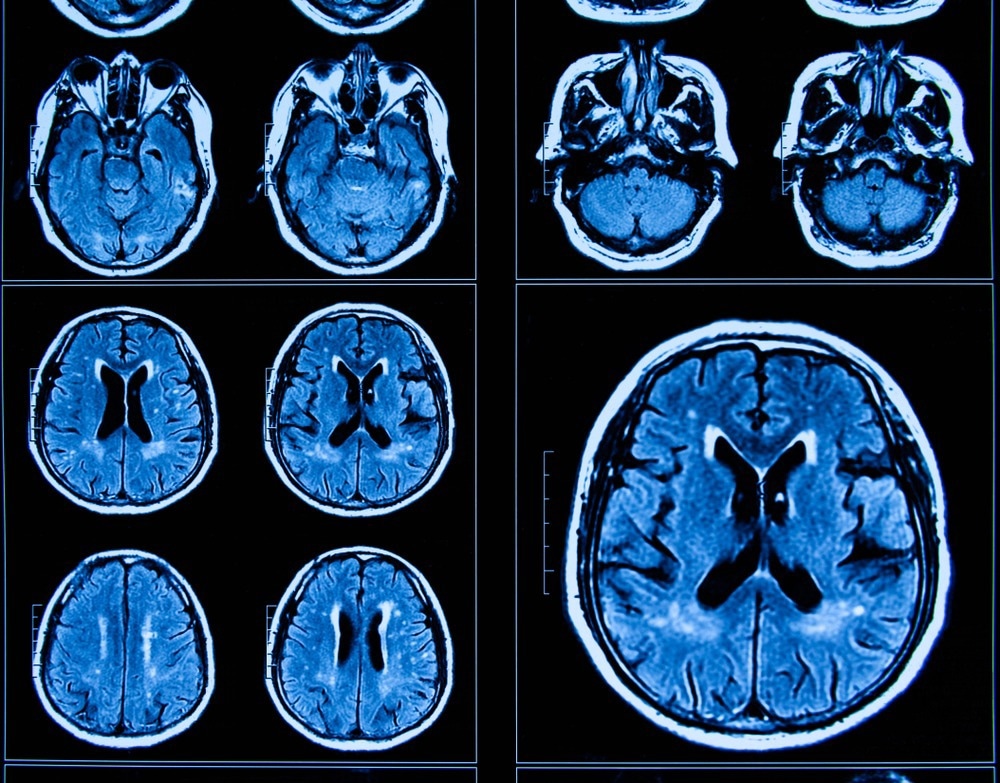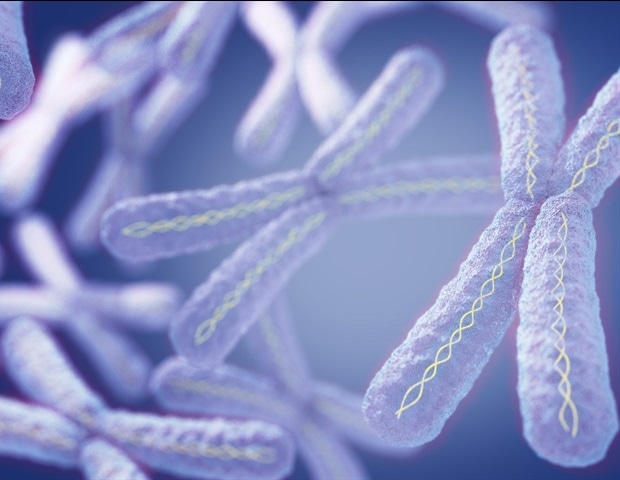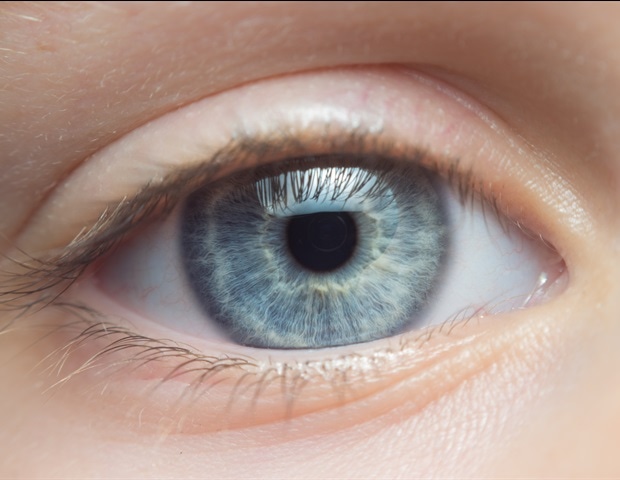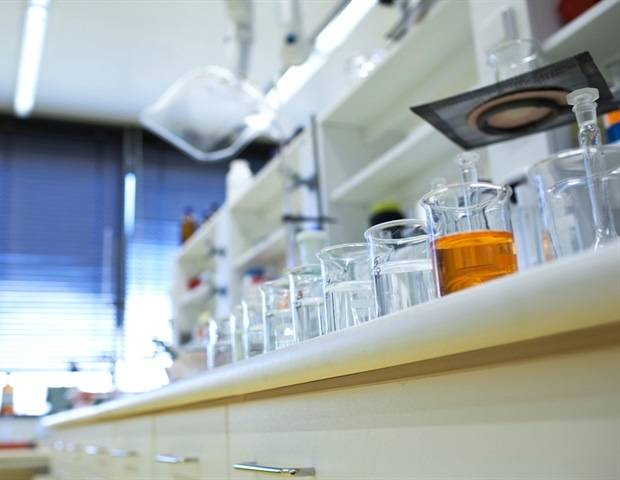In a recent Biological Psychiatry: Global Open Science study, Stanford University researchers assess how stress and social disruptions caused by the coronavirus disease 2019 (COVID-19) pandemic have affected the neurological development of young adults.
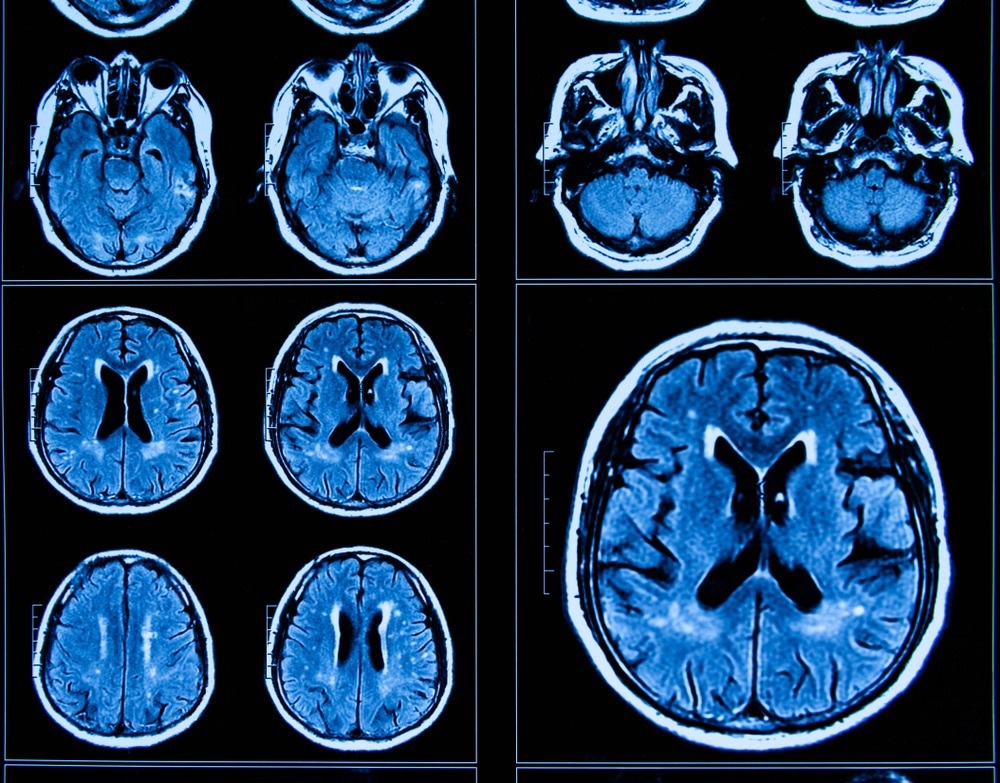
Study: Effects of the COVID-19 Pandemic on Mental Health and Brain Maturation in Adolescents: Implications for Analyzing Longitudinal Data. Image Credit: Shan_shan / Shutterstock.com
Early adversity and the developing brain
Previous research has shown that adversity early in life, such as exposure to a violent environment, family dysfunction, and neglect, can accelerate brain maturation or aging in children and adolescents. More specifically, these studies have reported reduced cortical thickness, which is indicative of aging, in the brains of children who experienced early adversities.
Throughout the COVID-19 pandemic, increased social isolation and the transition to almost entirely remote learning settings has led many young adults and children to experience significant adversities. These new challenges are coupled with increased financial stress, exposure to familial violence, and the potential adverse effects of infection with the severe acute respiratory syndrome coronavirus 2 (SARS-CoV-2), the agent responsible for COVID-19.
We already know from global research that the pandemic has adversely affected mental health in youth, but we didn’t know what, if anything, it was doing physically to their brains.”
About the study
A total of 163 adolescents were included in the current study, 103 of whom were female. Every study participant self-reported their depressive symptoms using the ten-item version of the Children’s Depression Inventory. Anxiety symptoms of the participants were also assessed using the Social Anxiety and Physical Symptom subscales of the Multidimensional Anxiety Scale for Children (MASC).
In addition to self-reported mental health symptoms, a subset of the study cohort also provided magnetic resonance imaging (MRI) scans of their brains to obtain cortical thickness and subcortical measurements. These values were used to calculate brain age gap estimate (BrainAGE) values for all study participants through the use of a sex-specific machine-learning-based model developed by the ENIGMA-Brain Age working group.
Importantly, participants in the “peri-COVID” group, which included adolescents who experienced COVID-19 shutdowns, were matched by age, sex, puberty, exposure to early life stress, and socioeconomic status to a “pre-COVID” group.
Adolescent brains aged rapidly during COVID-19 pandemic
When comparing the frequency and intensity of self-reported mental health symptoms, the researchers found that the peri-COVID group was more likely to report severe symptoms of anxiety, depression, and internalizing problems as compared to the pre-COVID group. However, there was no difference between the two groups in their frequency of externalizing problems.
Analysis of the MRI scans demonstrated that peri-COVID group participants had reduced bilateral cortical thickness, as well as greater bilateral hippocampal and amygdala volumes. Furthermore, the peri-COVID group was found to have a greater BrainAGE as compared to those in the pre-COVID group.
These neuroanatomical differences indicate that the brains of adolescents who experienced COVID-19 lockdowns aged at a much more rapid rate as compared to their peers who were assessed before the COVID-19 pandemic. Similarly, larger positive BrainAGE measurements indicated that the brains of the peri-COVID group also appeared older.
It’s unclear whether the changes in brain structure that the Stanford team observed are linked to changes in mental health. It’s also not clear if the changes are permanent.”
Conclusions
The current study findings are significant, as they indicate that the COVID-19 pandemic and the strict public health measures that were implemented in order to protect public health caused significant damage to both the mental health and neuroanatomical development of adolescents. These unique changes may also prevent the brains of current adolescents to be comparable to those previously obtained from their peers just a few years ago.
Future studies are needed to determine whether these changes are temporary or may have long-term effects on the developing brain. In the event that these alterations are enduring, future studies will need to account for the abnormal rate of brain growth observed in this generation.

